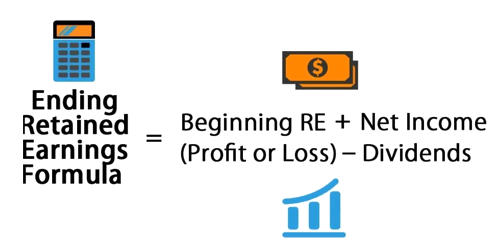Retained earnings represent a business firm’s cumulative earnings since its inception, that it has not paid out as dividends to common shareholders. The cost of retained earnings is the cost to a corporation of funds that it has generated internally. If the funds were not retained internally, they would be paid out to investors in the form of dividends. Normally, these funds are used for working capital and fixed asset purchases (capital expenditures) or allotted for paying off debt obligations. The purpose of retaining these earnings can be varied and includes buying new equipment and machines, spending on research and development, or other activities that could potentially generate growth for the company.
Determination of Cost of Retained Earnings
In the absence of any information relating to the addition of the cost of re-investment and the extra burden of personal tax, the cost of retained earnings is considered to be equal to the cost of equity. However, the cost of retained earnings differs from the cost of equity when there is a flotation cost to be paid by the shareholders on re-investment and the personal tax rate of shareholders exists.
(i) Cost of retained earnings when there is no flotation cost and personal tax rate applicable for shareholders:
Cost of retained earnings (kr) = Cost of equity (ke) = (D1/NP)+g
where,
D1= expected dividend per share
NP= current selling price or net proceeds
(ii) Cost of retained earnings when there is flotation cost and personal tax rate applicable for shareholders:
Cost of retained earnings(kr) = Cost of equity(ke) x 1-fp) (1-tp)
where,
fp = flotation cost on re-investment(in fraction) by shareholders
tp = Shareholders’ personal tax rate.
Illustration
A company’s share is currently selling for $ 120. The expected dividend and the growth rate are $5.20 and 6% respectively. Then calculate the cost of retained earnings.
Solution,
Cost of retained earning(kr) = (D1/NP)+ g = (5.20/120) +0.60 = 0.1033 or 10.33%
Another example,
Cost of Retained Earnings = (Upcoming year’s dividend / stock price) + growth
For example, if your projected annual dividend is $1.08, the growth rate is 8 percent, and the cost of the stock is $30, your formula would be as follows:
Cost of Retained Earnings = ($1.08 / $30) + 0.08 = .116, or 11.6 percent.
















